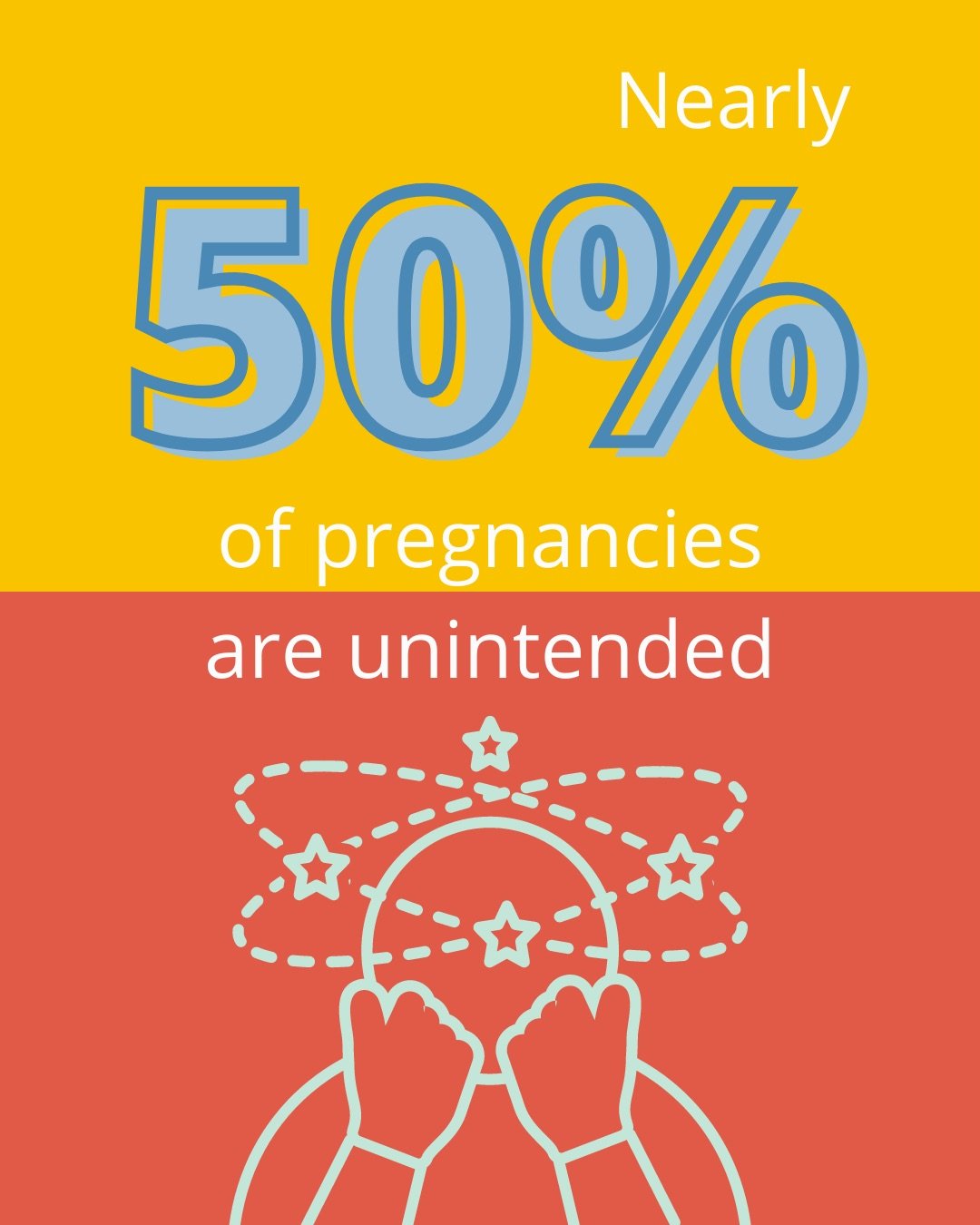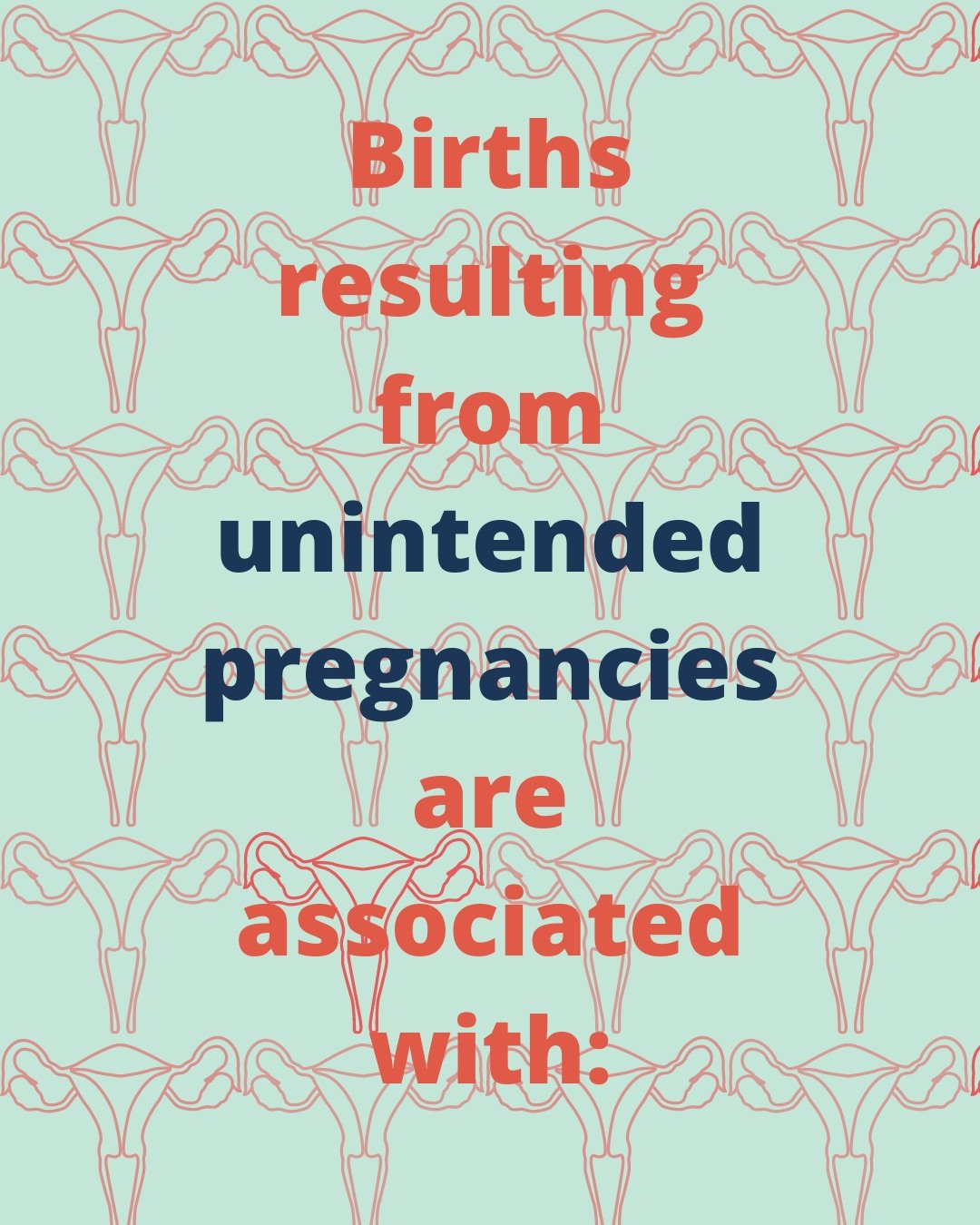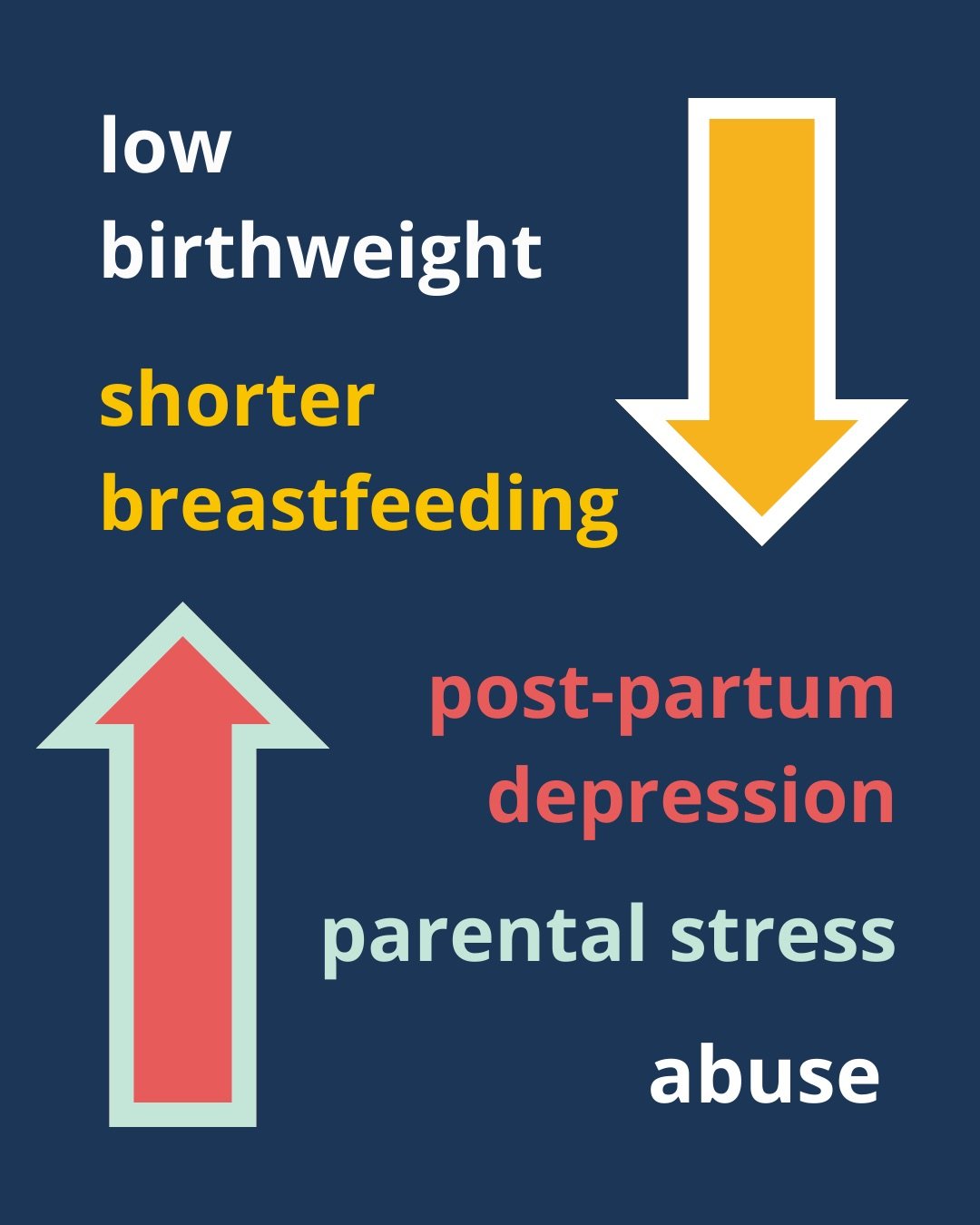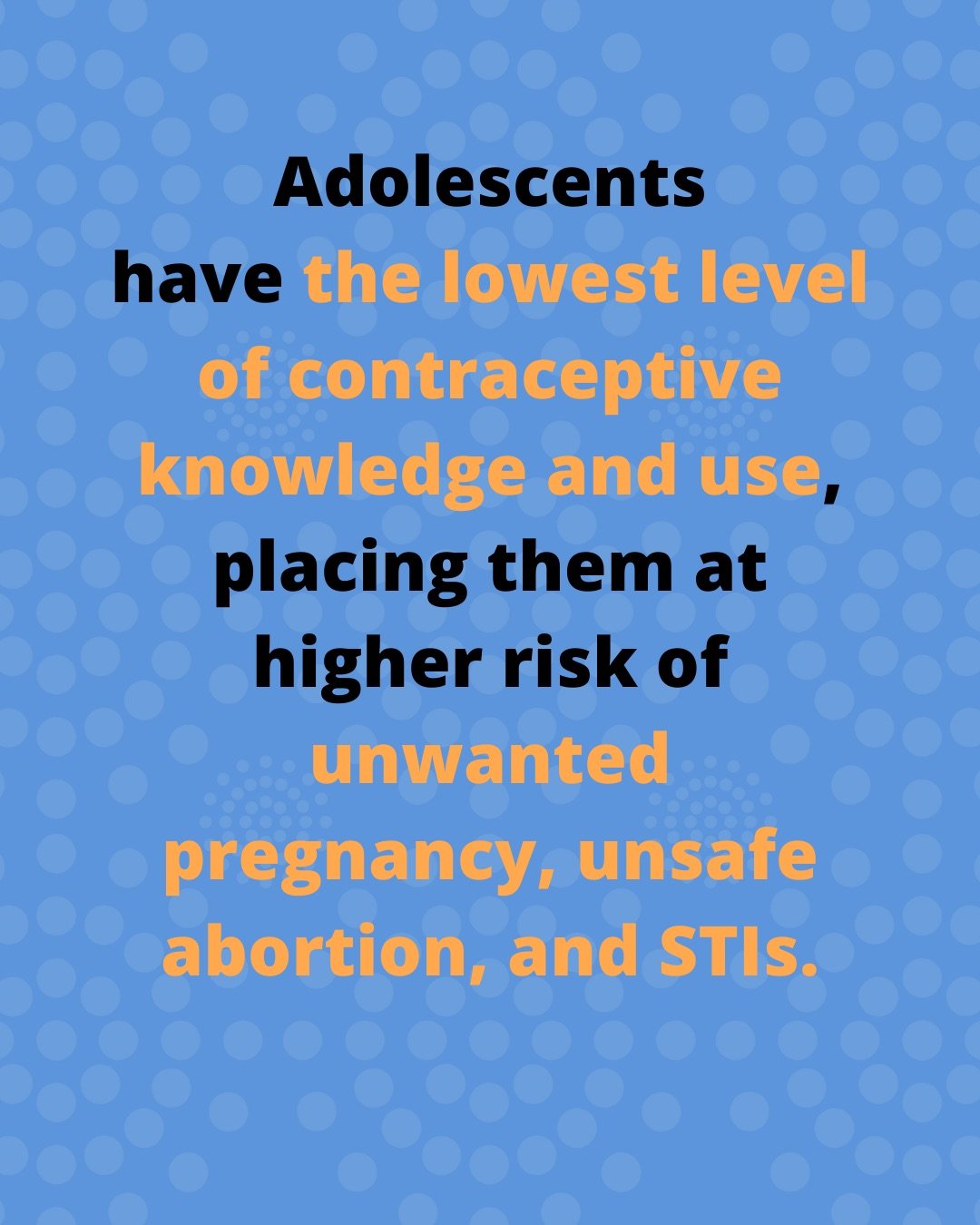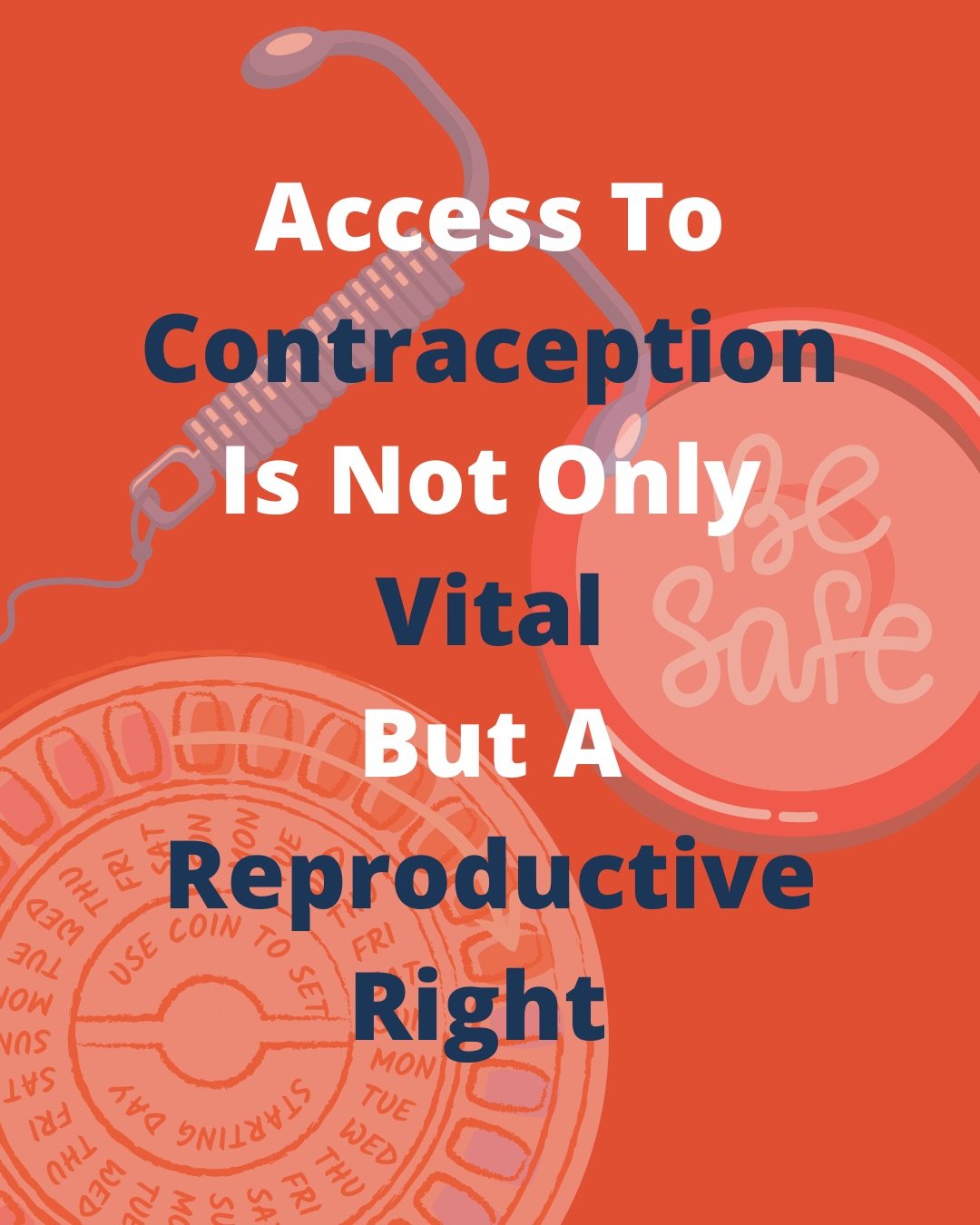Unintended Pregnancy
Copyright© plbandymd 2022
Although there has been a decline in unintended pregnancies, some populations (low-income, homelessness) continue to experience higher rates of unwanted pregnancy.
Nearly 75% of pregnancies were unintended in teenagers aged 15-19 years old, placing them at increased risk of socioeconomic stressors, dropping out of high school, requiring public assistance, and a higher likelihood of experiencing symptoms of depression (limited list).
Trends In Teen Birth Rates
Trends in teen birth rates have also shown some improvement, but continue to remain unacceptably high. Birth rates amongst US teens compared to other developed nations are substantially higher, and racial/ethnic and geographic disparities persist according to the CDC.
In 2019, the birth rates for Hispanic teens (25.3%) and non-Hispanic Black teens (25.8%) was nearly twice that of non-Hispanic White teens (11.4%).
Geographic locations, such as rural communities, frequently lacking access to primary care and women's healthcare, can experience even higher teen birth rates--sometimes twice that of suburban counties (2018 County Health Rankings).
Socioeconomic conditions (Social Determinants of Health) contributing to greater health disparities, including high unemployment rates, low education, lack of resources, and low income, are associated with higher teen birth rates.
Contraception Is A Basic Human Right
In addition to providing evidence-based teen pregnancy prevention programs, improving the social determinants of health and ensuring access to the full range of effective contraception is essential to reducing unwanted pregnancies and associated outcomes.
More importantly, access to contraception is a basic human right as is the decision to bear children (World Health Organization) and critical to promoting gender equality, the autonomy of women, and reducing poverty.
#reproductivehealth #reproductiverights
#unwantedpregnancy #teenpregnancy #contraception #povertysolutions #effectivesolutions #womensrights#votevotevote #worldhealthorganization
References & Notes
1. Centers for Disease Control and Prevention. "Teen Pregnancy." www.cdc.gov https://www.cdc.gov/teenpregnancy/index.htm
2. Centers for Disease Control and Prevention. "Unintended Pregnancy." www.cdc.gov https://www.cdc.gov/reproductivehealth/contraception/unintendedpregnancy/index.htm
3. Todd, Nicole, and Amanda Black. “Contraception for Adolescents.” Journal of Clinical Research in Pediatric Endocrinology Vol. 12, Suppl 1 (2020): 28-40.
4. As-Sanie, Sawsan et al. “Pregnancy Prevention in Adolescents.” American Family Physician vol. 70,8 (2004): 1517-24.

